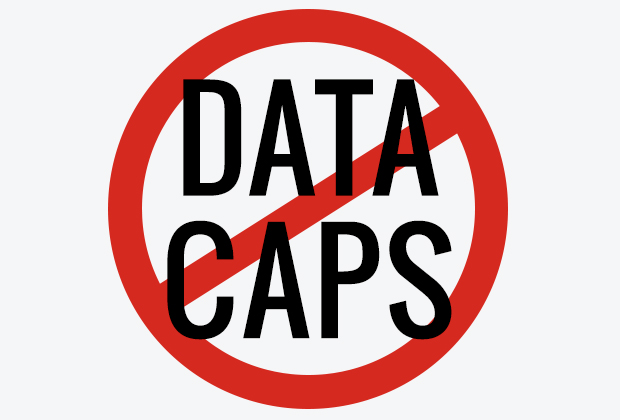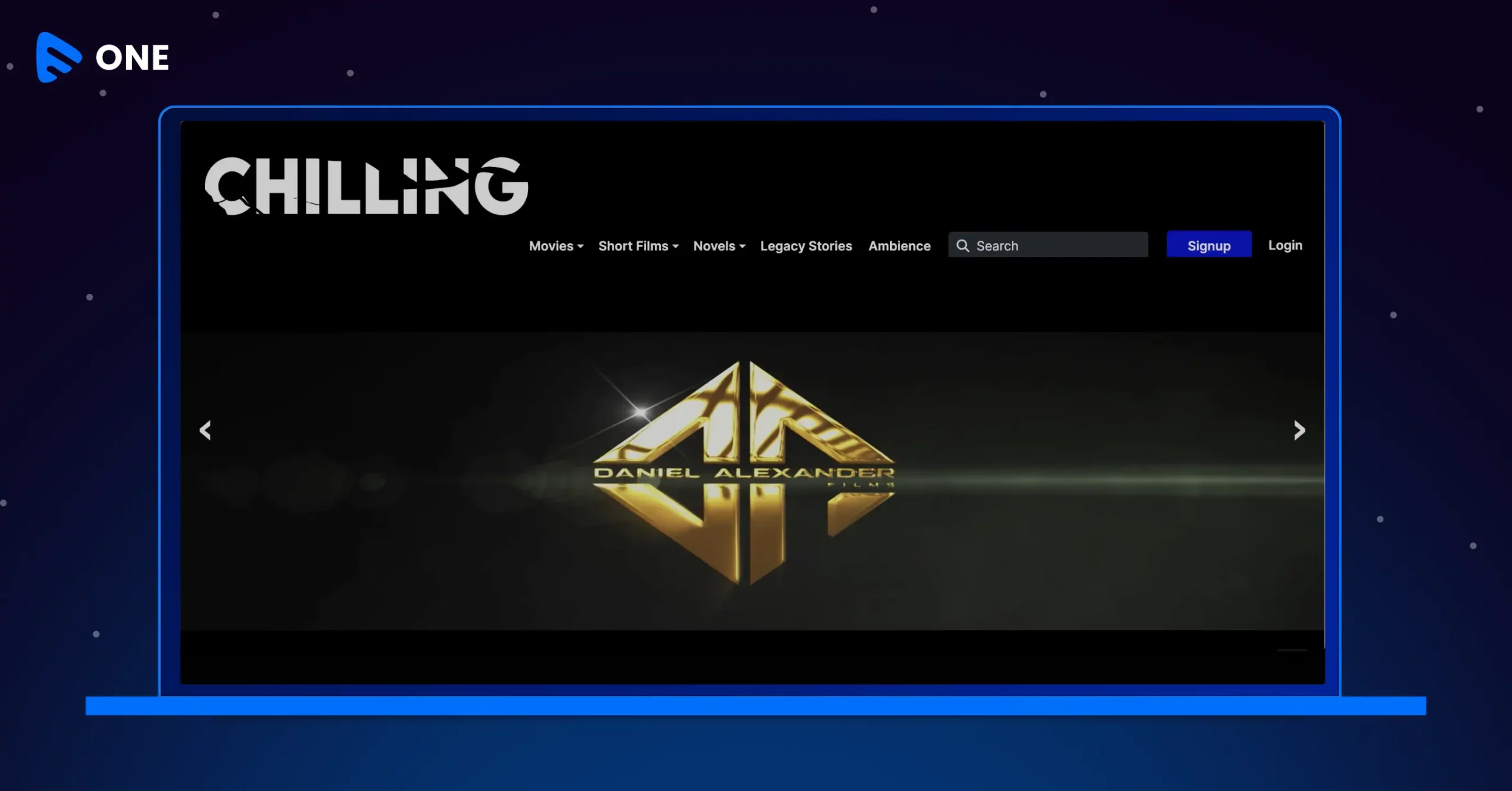Written by: Roshan Dwivedi
This has been a defining year for streaming television services. It kicked off in February with the launch of Dish Network’s Sling TV. Since then we’ve seen the arrival of PlayStation Vue and HBO Now, and now even Showtime is jumping into the fray with its own stand-alone online video on demand platform.
Consumers want to cherry-pick the shows and movies that they want to see — and perhaps just as important, they want to dictate exactly when they want to watch their desired programming. That’s enough to send shock waves through the realm of cable and satellite TV providers, but an unlikely industry may come to save the day for the cable providers and spoil the party for consumers.
You can’t stream content without connectivity, and we’re starting to see mobile and broadband companies turn to data caps as a way to combat the spike in traffic that they are experiencing as a growing number of video buffs access chunky TV show and movie files.
Comcast began testing data caps in Nashville three years ago, where it limits the amount of included data, charging extra for additional consumption. It expanded the test last year. Limiting home Internet accounts to as little as 300 gigabytes a month may not seem like such a big deal. That’s a lot of data by today’s standards. However, the improving quality of high-def streaming is going to find more people bumping up against that ceiling in the coming years. The arrival of streaming TV will be even more taxing to consumption as folks rely on bandwidth instead of cable or satellites to deliver content.
Now that Netflix has warmed up to Ultra HD 4K for some of its content, data caps will be put to the test. After all, streaming 1080p in all of its intended glory on Netflix takes 4.7 gigabytes an hour, but that quadruples to 18.8 gigabytes an hour in 4K. Unless there are bandwidth-saving workarounds in place, we’re talking about going through an entire month’s worth of data within a single day of binge viewing.
Read the entire story here.












Add your comment